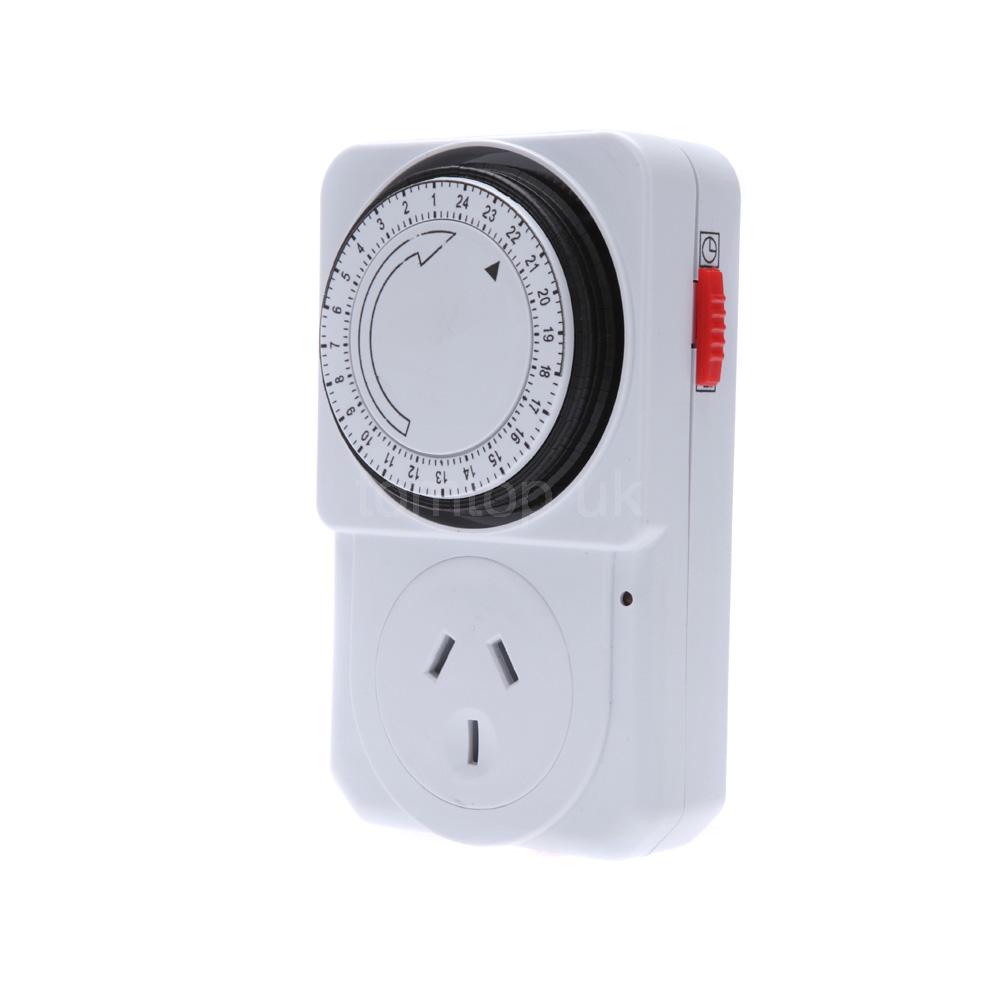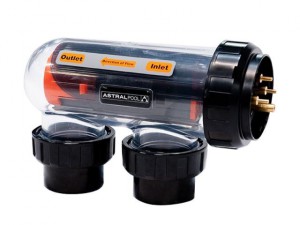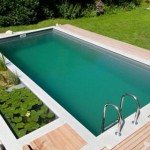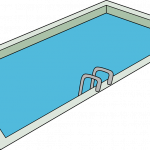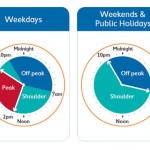One of the most significant and easiest changes that can be made is the number of hours you run your pump for each day.
The most frequently used numbers seem to be:
- Winter – 4 hours/day
- Summer – 8 hours/day
- Make sure the total volume of water is circulated 1-2 times per day
The goal for your pool water is to ensure that the water is maintained in a safe and balanced state which is mostly judged by:
- Sufficient level of chlorine (or other sanitisation mechanism) to control algae growth
- Maintaining stable levels of pH and Total Alkalinity
If the above three are correct, your pool is unlikely to turn green.
What determines how many hours filtering my pool needs?
The number of variables between different pools are so large that you can’t possibly expect such broad numbers to be remotely close to what is actually required for every pool. Consider:
- The variation in the amount of leaves, grass and other organic material. A pool surrounded by grass and trees will have much higher requirements than pool enclosed in a concrete lined courtyard
- The swimming load – a young family in a warm climate compared with a retired couple in a cooler climate
- Whether or not you have a pool cover installed
- Whether swimmers shower before using the pool
- Whether the pool is exposed to full sun in a windy location or a shaded protected location
- The size of the pool pump installed and hence the volume of water pumped
- The length and number of bends in the plumbing between the pool and the pump/filter will effect the efficiency of the pump and hence the volume of water pumped
- Whether the pool uses a salt water chlorinator or chlorine tablets.
All of these factors will greatly vary the amount of time each day that the pump must run for.
What does changing the hours per day of pumping do?
I’m only considering salt water pools here since they’re the most common. Taking all of the above factors to be constants for your pool (they remain the same beyond seasonal and level of use changes), the number of hours you run your pump mostly changes the chlorine level.
The pool pump does two things.
1. Debris / Particle Filtration.
To do this adequately you need to run the filter long enough each day to pump a volume of water equal to the total volume of your pool. To work out how long this is:
- Locate the manual for your pump, if you don’t have it look at your pool pump, find the model number and search online for it.
- The manual will specify how many litres per minute (lpm) the pump operates at. The actual output will vary depending on your plumbing and pump location but the number in the manual is close enough.
- Calculate the volume of your pool. Length x Width x Depth. If you have an odd shape pool or it has a variable depth just take an average figure. Multiply the dimensions in meters to get a volume in cubic meters (m3). Each cubic meter holds 1000L so multiple your cubic meters by 1000 and you have the volume in litres. Backyard pools typically range between 40,000 and 100,000 litres.
- Now calculate the number of hours required to pump the total volume of your pool water. Say you have a 60,000 L pool and a pump that runs at 200 Litres per minute. 60,000 / 200 = 300 minutes, divide by 60 = 5 hours.
Now you have the minimum number of hours required to filter the debris from the water in the pool.
2. Chlorine production
The second thing the pool pump does is pass the water through the chlorinator. The chlorinator consists of a metal plate connected to an electrical circuit. This converts some of the salt in the water to chlorine.
You need to run your pump for enough hours each day to generate the required level of chlorine.
Some chlorinators will automatically turn off the chlorinator once the target level of chlorine is reached, others won’t so consult your chlorinator manual.
Working out your minimum number of pump hours
The longer you run your filter the greater the margin of error you have but the more power you consume. Finding a balance you’re happy with requires experimentation and recognition of the usage, environmental and seasonal factors that effect your individual pool.
The more you understand how the water chemistry of your pool works, the more you’ll be able to optimise the power consumption.
Here’s the process I use for finding the minimum happy number of hours to run the pump:
- Find somewhere to record the key numbers. I find a notes app on my phone works best.
- Test your pool water weekly with a test kit, and record:
- Free Chlorine
- Total Alkalinity
- pH
- Do this for 2-3 weeks to ensure your numbers are stable
- Now reduce the number of hours your pump runs by say 1 hour per day whilst maintaining the minimum required to filter your water once per 24 hours.
- Check to ensure your free chlorine levels remain high enough, too low and you’ll need to increase the pump time.
- Once they stabilise you have your minimum for this time of year. If you live in the southern parts of Australia you’ll need much less filtering during winter than summer. Whilst you could tweak your pump hours 3-4 times per year I find a winter and a summer setting most practical.
- When the seasons change, repeat the above process.
- Importantly, record your settings so that you can iterate over time.
- Pay attention to other changes in conditions listed at the start of this article which affect how much filtration and chlorine your pool requires.

